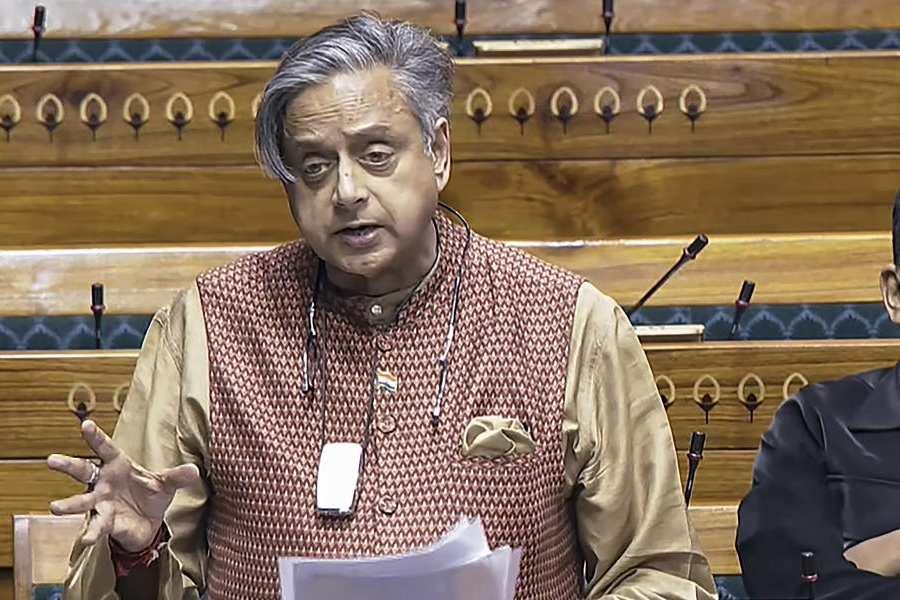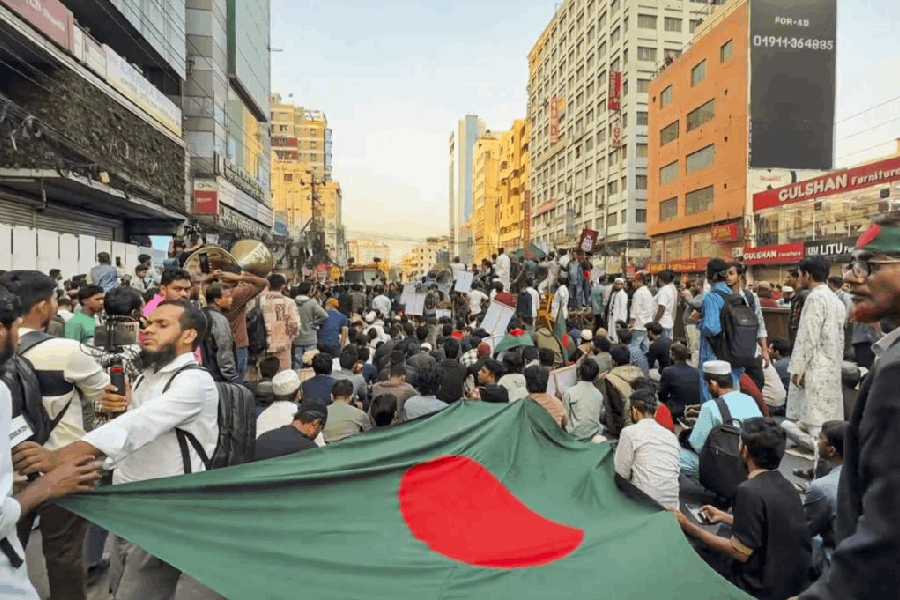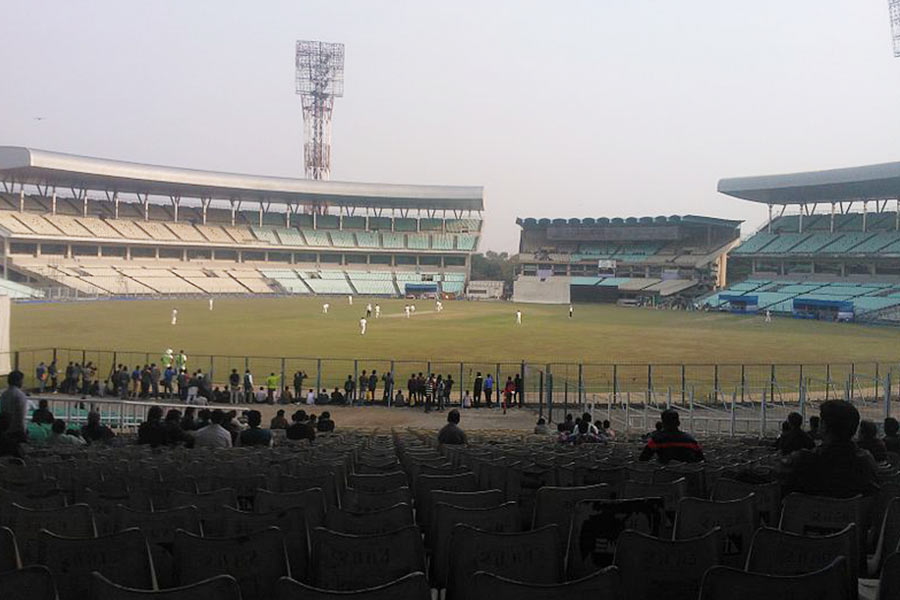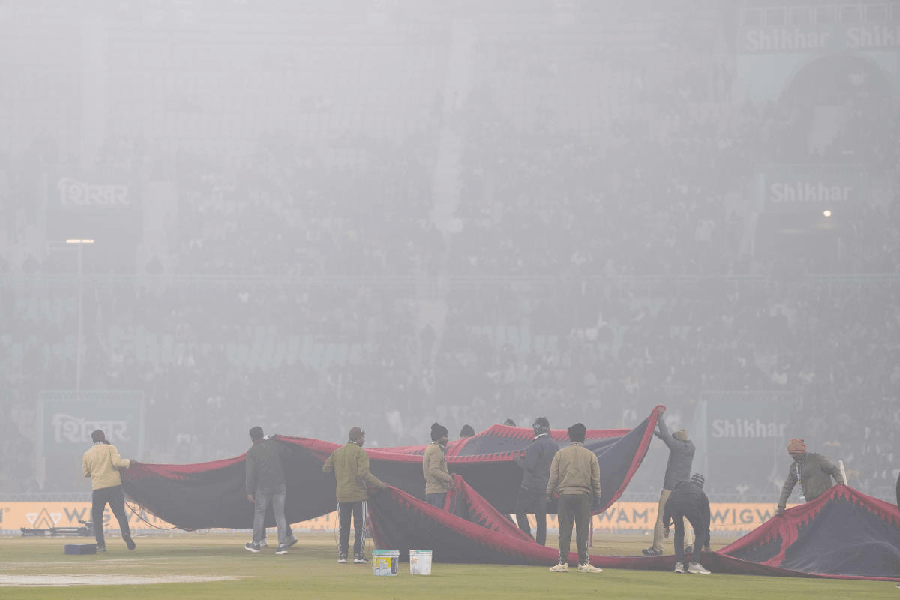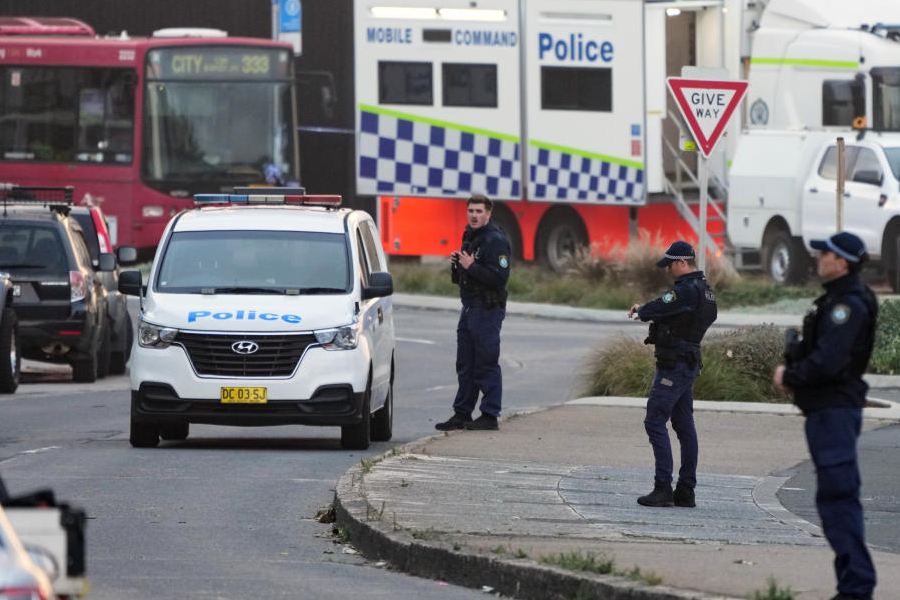 |
| Lobsang Sangay |
An era is drawing to a close, a new one is dawning. “We are witnessing history,” exclaims Tibetan Parliament deputy speaker Khenpo Sonam Tenphel.
Indeed, dramatic changes are in the offing at Dharamsala, the Himachal town where the Tibetan administration in exile is based. With the Dalai Lama taking political sanyas, the responsibilities of running the administration and, more crucially, waging the struggle for “genuine autonomy” for Tibet — a move China has rejected over the past decade — now fall largely on a 43-year-old son of a monk-turned-guerrilla-turned-peasant of Darjeeling.
Tibet’s new Prime Minister-elect, Lobsang Sangay, a senior fellow at the Harvard Law School, takes over in August. He represents a new secular, democratic order taking charge of the Tibetan establishment, much the way the 76-year-old Buddhist head of some six million Tibetans in Tibet and another 1,50,000 in exile wants to see in his lifetime.
The Tibetan Charter of 1991 — effectively the Constitution of Tibetans in exile with 115 articles and 11 clauses — has just been amended to transfer power from the Dalai Lama to elected representatives such as Sangay who won with a thumping majority in the last round of parliamentary elections held on March 20 among some 1,00,000 Tibetan voters in exile who live across the world, from India to Canada.
“It has been a mammoth task, rewriting the charter. We are still at it,” says former Tibetan Parliament Speaker Pema Jungney, who chairs the committee dealing with the redrafting.
The Dalai Lama has stepped down as the head of the state, which has now been abolished at his bidding. “His Holiness feels this is the best way to keep the power hungry from misusing religion and preserve our spiritual heritage,” says outgoing Tibetan Prime Minister Samdhong Rinpoche. “It is also in line with the present international scenario.”
The move, a senior Tibetan official points out, also emphasises that the Tibetans are a “stateless” people.
 |
 |
| (From top) Samdhong Rinpoche and Khenpo Sonam Tenphel |
These are not the only changes that lie ahead. The Tibetan establishment in Dharamsala will no longer be called a “government in exile”, but simply the Central Tibetan Administration.
Under the amended charter, the Dalai Lama will remain the supreme “spiritual” leader of the Tibetans. But all his nine powers as head of the state — under article 19 of the Tibetan charter — have been done away with, says former speaker Jungney, now a member of Parliament.
After Sangay takes office in August, he will sign bills into law, something only the Dalai Lama could do. He will appoint Tibetan envoys to different countries and choose names for national awards — so far prerogatives of the Dalai Lama.
The renaming of the “government in exile” is clearly aimed at denying China a political weapon. Beijing has long accused the Dalai Lama of running an “illegal government in exile”, creating diplomatic complications for Western nations that invite the Dalai Lama as a spiritual leader and a Nobel Peace Prize winner.
The move has also been prompted by a civil suit filed in the Himachal Pradesh High Court, questioning how “a government in exile can function illegally in Dharamsala with Tibetan flags within the sovereignty of India.”
“We have not acted under pressure from the Indian government but we live in India as guests and certainly do not want to cause our generous host any embarrassment,” Rinpoche says.
Many Tibetans, however, aren’t happy with the change in the name. “This is bound to weaken our movement. If the government in exile is reduced to an organisation or administration, how can there be a kalon tripa or Prime Minister,” asks Yeshi Tharchen Kema, a senior leader of the Tibetan Youth Congress (TYC), an organisation seeking the independence of Tibet.
 |
 |
| The entrance to the Dalai Lama Temple; (below) Pema Jungney |
The Dalai Lama’s decision to separate religion from politics and hand over power to lay people is being hotly debated. The TYC has already expressed concern over the “hurried” manner in which “fundamental and critical” changes are being made.
Clearly, Tibetans in rain-sodden Dharamsala are still mystified by the way the Dalai Lama has abdicated his political responsibilities. “I see nothing wonderful about the way the shepherd has abandoned his flock in the middle of a trackless desert,” says former Tibetan activist and poet Lhasang Tsering.
Needless to say, Sangay has his job cut out for him. He says he understands the “emotions” behind such criticism. “What we have done is in the interest of Tibet and the Tibetan people. But if any Tibetan or Tibetan group still wants to call us the ‘government in exile’, they are entitled to do so. We are in India and there is free speech, unlike in China,” says the PM-elect, a former TYC leader.
Once he takes office, he says he will “extend” his hand for dialogue. In Harvard, Sangay says he often interacted with Chinese scholars on Tibet. But he stresses that it is for Beijing, which has already likened him to a “terrorist” for his past association with the TYC, to “shake” the hand.
The Dalai Lama’s envoys and Chinese officials have held nine rounds of talks on “genuine autonomy” for Tibet, but without any result.
Back home, Sangay says he will focus on improving science, mathematics and English education in Tibetan schools across India to create some 10,000 professionals in the coming two decades.
“I am what I am because of the education I received and I would like to inspire Tibetan students with my life story,” he says. He says he will also ask each of the 10,000 professionals to pay a voluntary contribution of $1,000 a year. “That way, we would raise $10 million, which would be enough to fund the Tibetan administration and movement without depending on others,” he says.
The Tibetan administration in exile — established by the Dalai Lama after he crossed into India following a Tibetan uprising against Chinese rule in 1959 — has seven departments, including education, finance and security. It runs Tibetan refugee settlements, schools and hospitals with the help of the Indian government.
Sangay is tall and athletic, with shoulders broad enough to carry the weight of what he calls “a task of Himalayan proportions”. When he came home on vacation to Lamahata, his Darjeeling village, from the central Tibetan school in the Bengal hill town where he studied in the early 1980s, he used to help his parents carry firewood from forests. “I am quite used to carrying a lot of load on my shoulders,” he says with a chuckle.
A revolt’s child
If there is one thing Lobsang Sangay has always believed in, it is sheer hard work. It saw him graduate in English from Delhi’s Hansraj College and pursue a law degree from Delhi University before moving in 1995 on a Fulbright scholarship to Harvard. He spent the last 16 years in the American university — first as a masters student, then as a doctoral candidate and finally a research fellow specialising in international law, human rights and conflict resolution.
 |
| The Central Tibetan Administration secretariat in Dharamsala |
Yet what he remembers vividly is how his father sold one of his three cows to fund Sangay’s schooling in Darjeeling.
His late father, Kelsang Chodak, gave up his monk’s robe for the gun after the Chinese army “bombed” his monastery in Tibet in 1956. “He told me that the monastery was his home but when it was destroyed, he took to arms to defend his belief,” Sangay says.
After they crossed into India following the 1959 Tibetan uprising — which saw the 14th Dalai Lama leave his palace in Lhasa for exile in Dharamsala — his parents moved to the Darjeeling village, where his father lived the life of a peasant with an acre of land and a few cows until his death.
Now Sangay lives by himself in Dharamsala, starting his day with a quick Skype call to his wife, who lives in Boston with their daughter, a pre-schooler. “That’s my only time with my family,” he says.
He arrives at the newly built Prime Minister’s office at 8am and leaves it mostly around seven in the evening. “I am putting in 11 hours a day and, mind you, I have not yet taken over,” he says, rolling his eyes in mock disbelief.
Sangay, who won the election primarily because of his extensive door-to-door campaigns, believes his ideas “resonated” with the Tibetan youth who supported him “overwhelmingly”. He also used social networking sites such as Facebook to reach out to a new generation of Tibetan voters in India and abroad.
Stepping into the Dalai Lama’s political shoes is not easy. But many in Dharamsala feel Sangay would deliver for one simple reason: he was born on March 10, the day of the 1959 revolt, which Tibetans celebrate as their “uprising day”.
As the sun dips behind the Dhauladhar range and the conversation with the kalon tripa swirls to an end, Sangay says he has a “secret” to share.
He was born in 1968, he says, but is not so sure about his birth date. “Nearly 25 per cent of my classmates in Darjeeling recorded March 10 as their birth date, while another 25 per cent gave it as July 6, the Dalai Lama’s birthday. The rest were all born on August 15, India’s independence day,” he says, his voice deadpan.
DB


